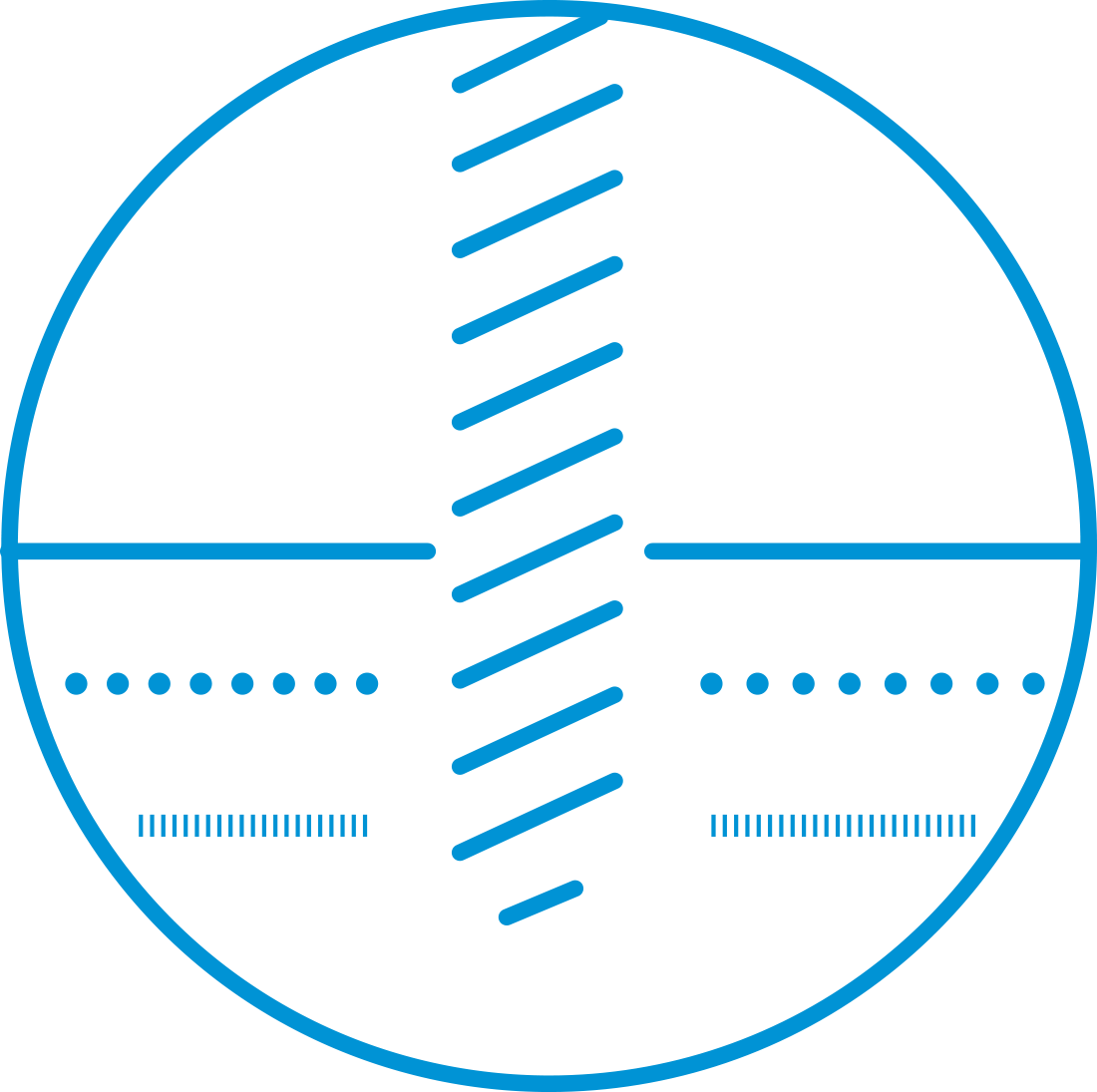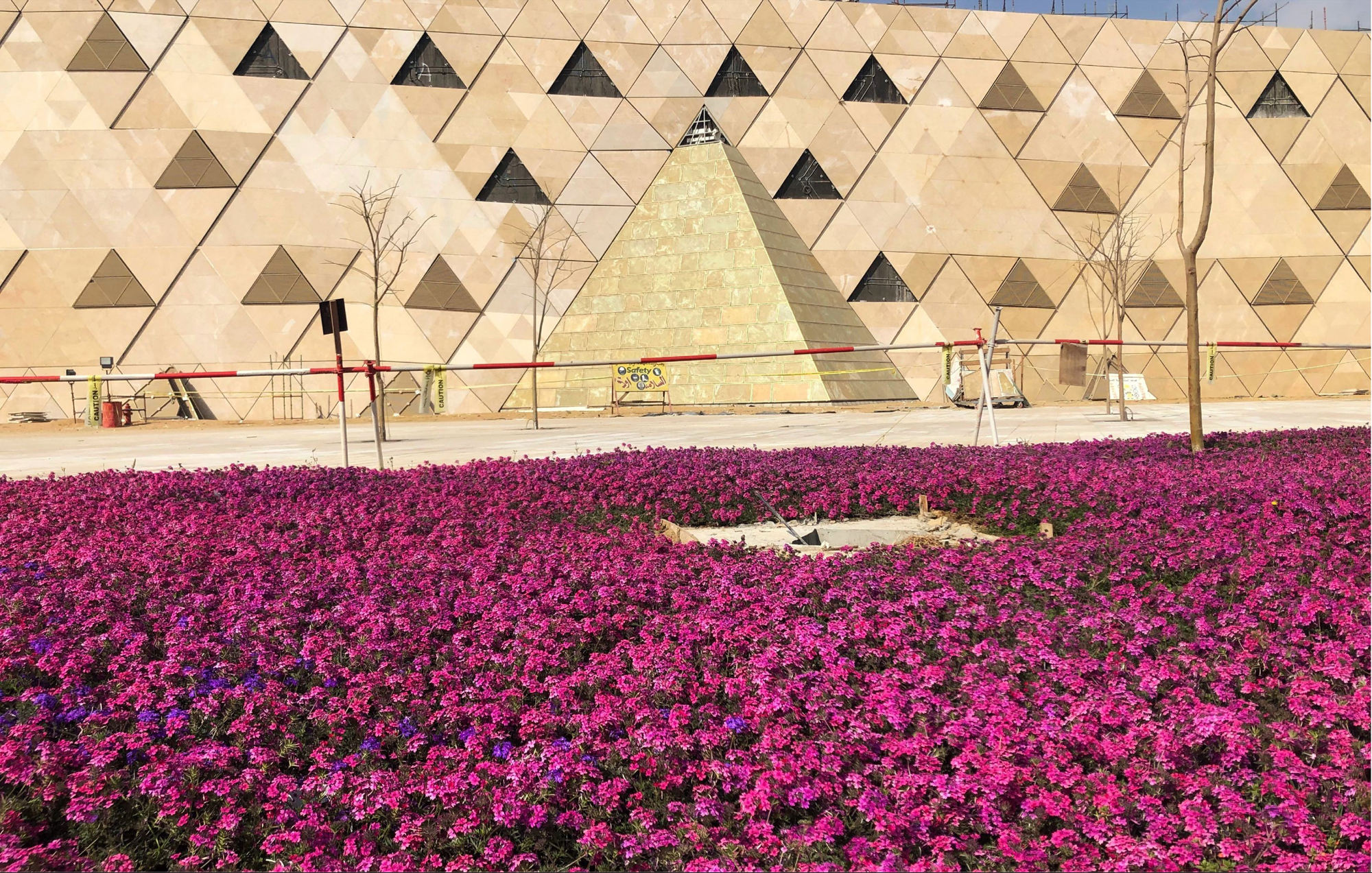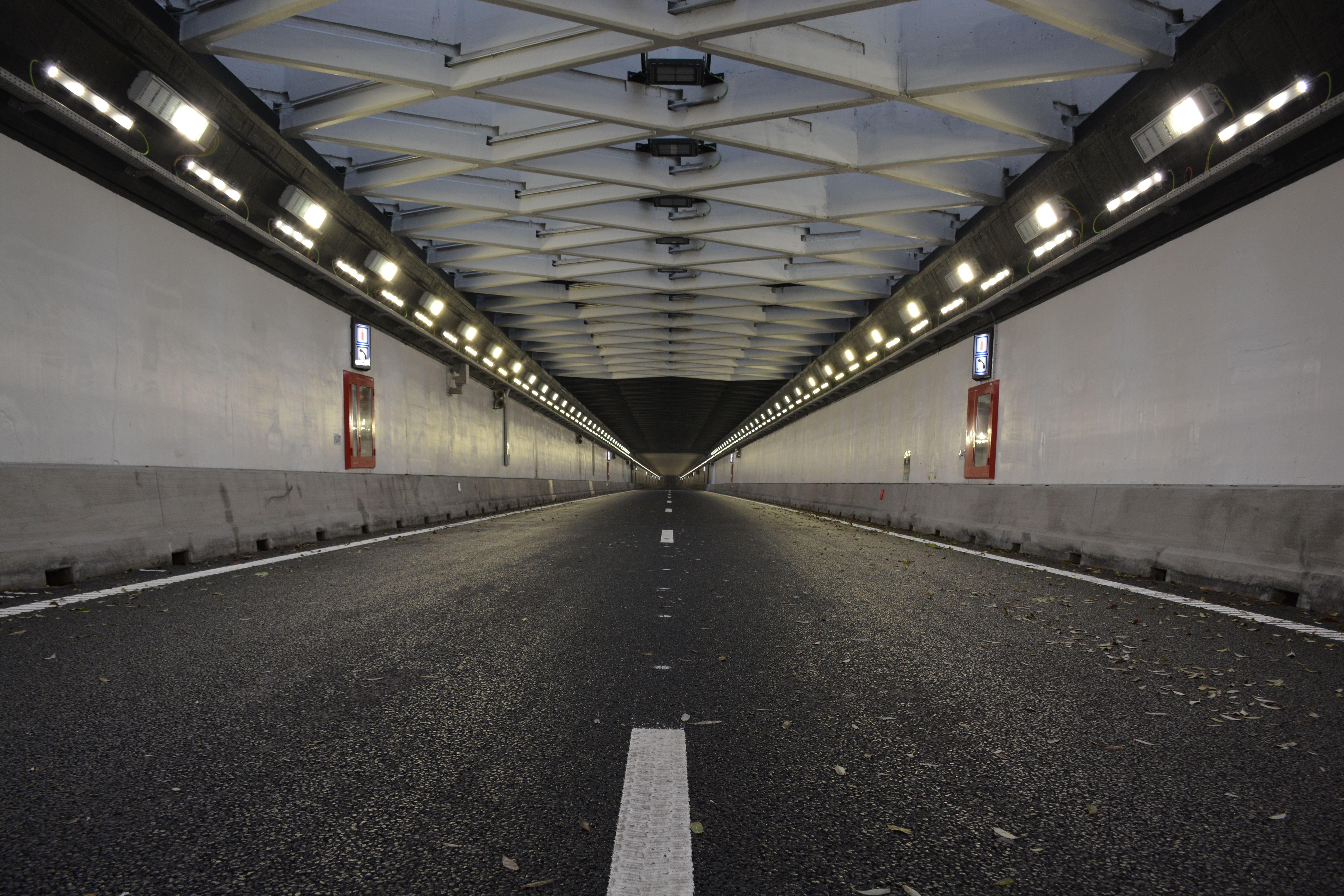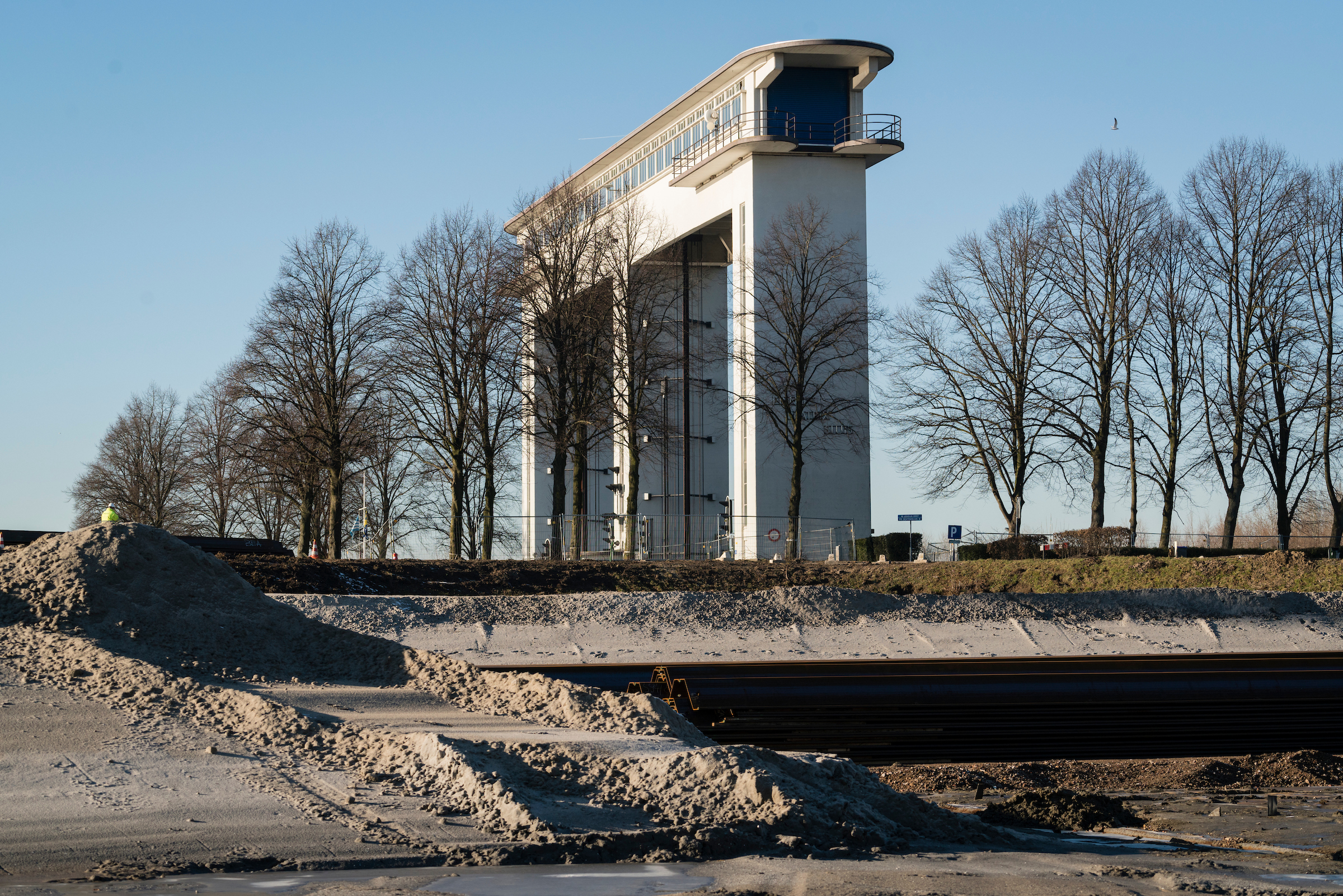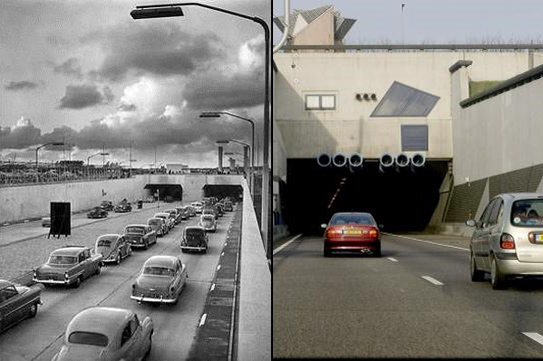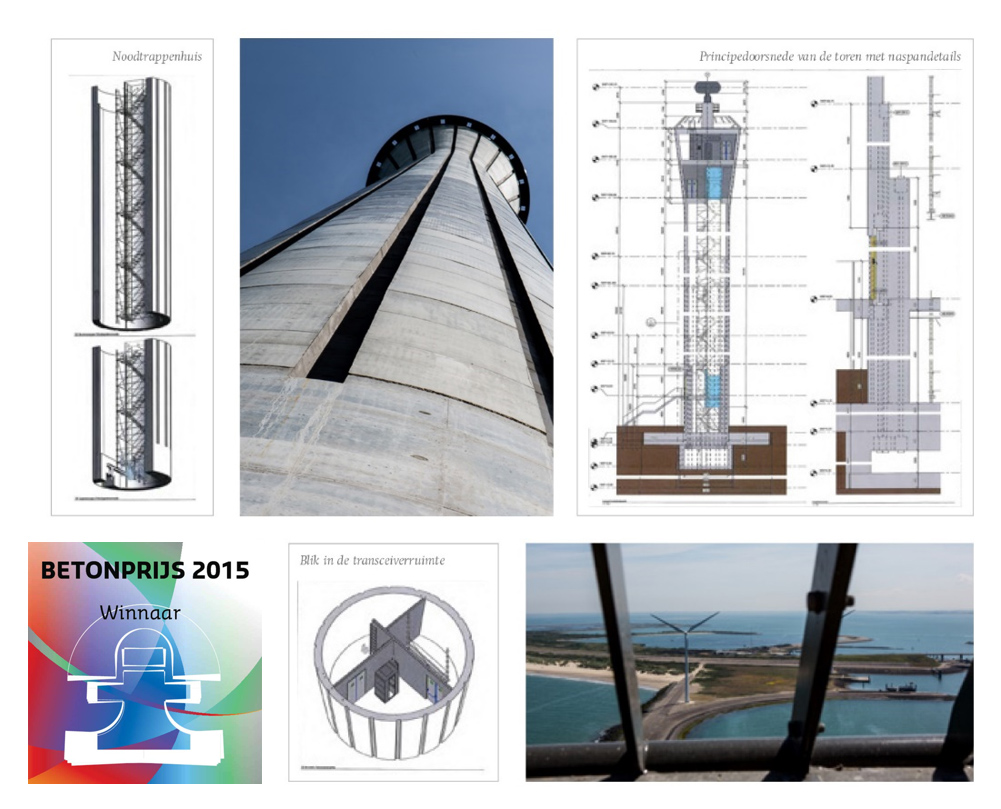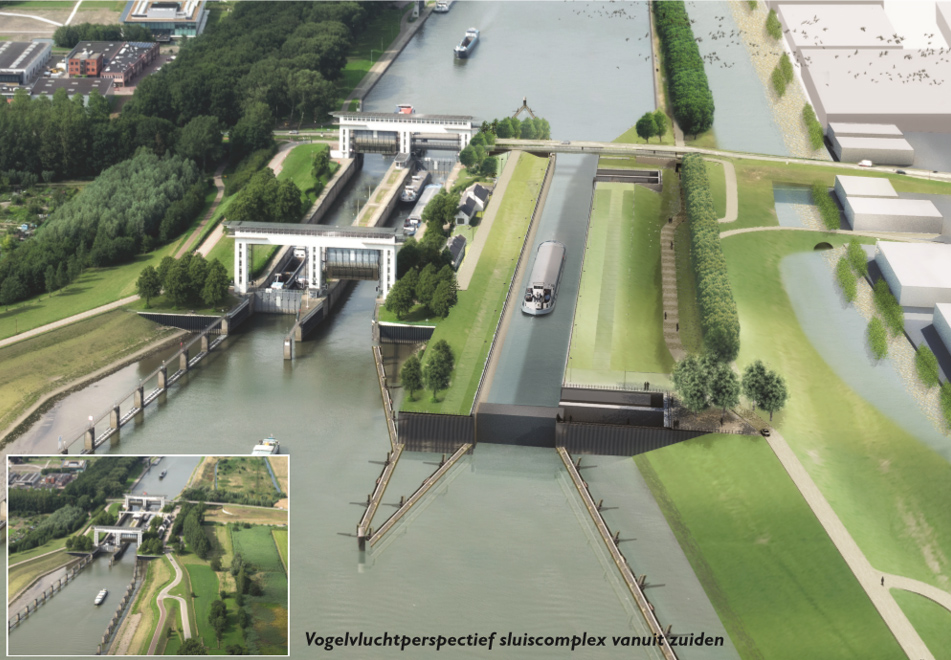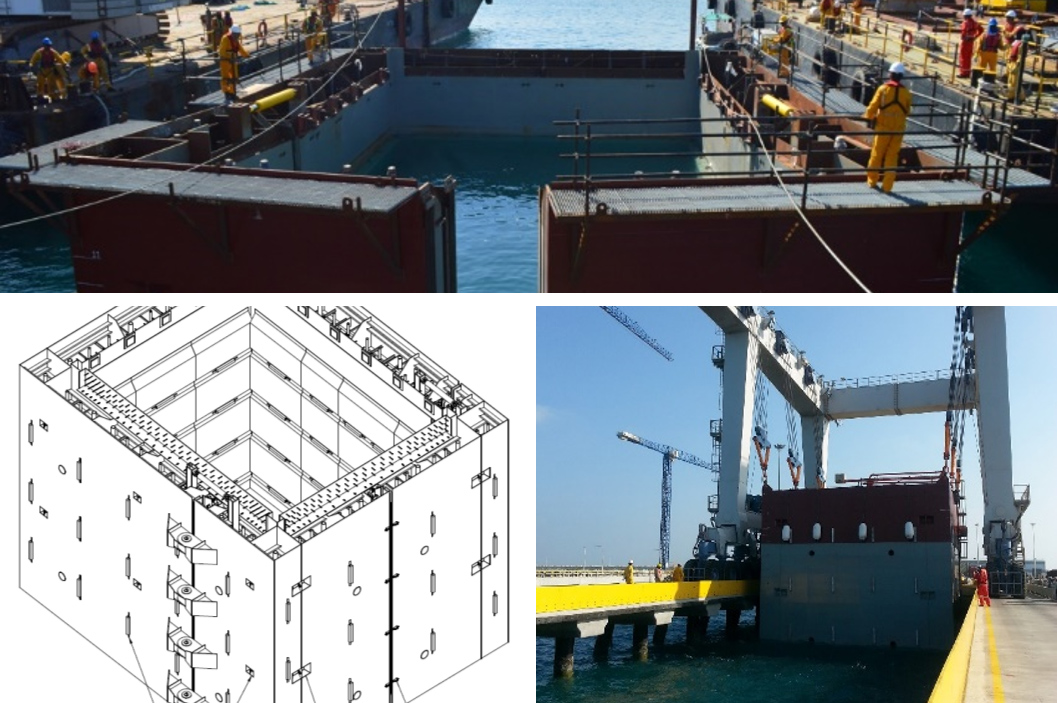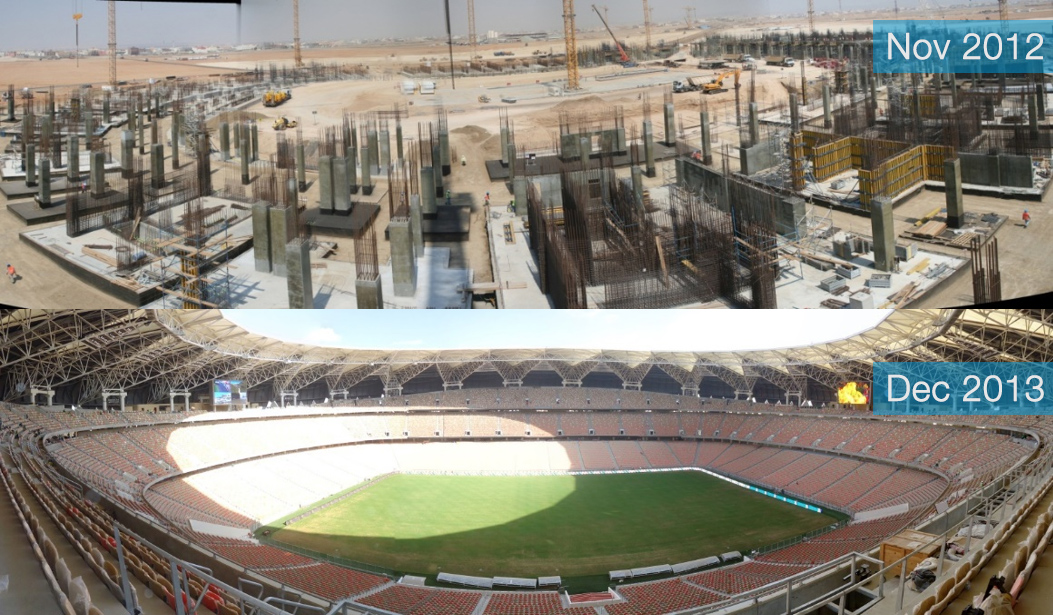At all times our clients and site teams can rely on the expertise and creativity of its in-house engineering department, with offices in Brussels and Dubai. Experiencing a steady growth since more than 4 decades today we are over 150 dedicated people having the right attitude, competences and experience to maximize the value of our projects for and with our clients. We honor the following principles:
- Expertise at the service of our clients objectives. When developing the design of a project we spend as much time as possible in understanding and clarifying the clients brief. We can use our experience from projects and partner network around the globe to propose alternatives which increase the value for our clients. Having all necessary engineering knowledge ‘under one roof’ allows an efficient and integrated approach
- First time right. Preparation and collaboration are key in achieving our first time right principle. To this end, we insure intense collaboration between on and off site teams.
- Result oriented. Because we are embedded within a contractor we work on our ‘own’ projects. What distinguishes us from external engineering offices is that we always need to go till the last details.
- Agile. In a fast changing world we see flexibility and agility as a core competence to create value. We are continuously analyzing which competences we should add to our engineering capabilities in order to address our client needs.
- Focus what we do best, and link to the rest. While we are proud of who we are we also believe in the strength of partnering. We are constantly exploring and looking for new and sustainable partnerships in our efforts to create value.
By aligning our expertise with our client demands, the BESIX Engineering teams have developed centers of excellence focused on tall buildings (high rise, stadiums, offices, industrial), marine works (jetties, quay walls, breakwaters) and civil works (tunnels, bridges, infrastructure).
In order to ensure an entire supply chain approach our teams consist of architects, MEP engineers, structural and geotechnical engineers, façade and sustainability experts, concrete specialist, BIM managers and BIM experts. Besides our strong commitment to constructability and safety BESIX Engineering department can build on the expertise of an integrated methods and planning department.
By uniting the knowhow of our experts, many of which are also academic authorities in their field, we can offer full-fledged solutions addressing all of clients expectations and beyond.

